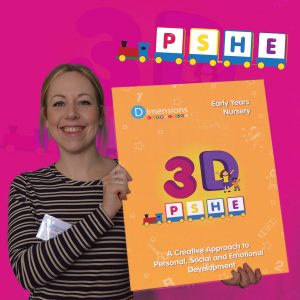a test
Showing the single result
In science, pupils are taught the importance of learning through observation, investigation and evaluation. The curriculum is carefully designed to build the acquisition of knowledge and skills through accessible, exciting and meaningful practical experiences. Older pupils are encouraged to think more critically and to explore solutions based upon their prior learning. Science is, and should, be fun!
PSHE is at the very heart of our curriculum. ‘Learning Means the World’ is focused on the holistic development of pupils, and PSHE is central to that. It is taught discretely and also through the curriculum thematic units. It is fully inclusive, relevant and bang up-to-date.
Just imagine a classroom that is alive with the sound of music, where pupils are eager to sing, compose and perform! Music is fully integrated into our curriculum so it can no longer be squeezed out due to time constraints. The fully resourced, subject-specific lessons are designed to enable the non-specialist teachers as well as the accomplished!
Our curriculum recognises history as a powerful means of understanding our world today in the light of our yesterdays. The pupils develop a sense of chronology, of time and place as well as developing a deeper understanding of cause and consequence. Through a broad range of inspirational historical characters and events, they learn about the importance and impact of courage, commitment, creativity and community.
Global Citizenship is entwined throughout the ‘Learning Means the World’ Curriculum. Pupils learn to recognise that each subject has an important part to play in effecting positive change in the world. Pupils develop the knowledge, understanding, skills and values which help them to make important decisions, as global citizens, both now and in the future.
Our geography curriculum enables pupils to make sense of their immediate world and beyond, providing many opportunities to learn about places and environments on a local, national and global scale.
They move from concrete concepts to more abstract ones in a clear progression, with the opportunity to develop and use their skills in a range of contexts.
The joy of learning in EYFS is not lost in our ‘Learning Means the World’ Curriculum. Our exciting and engaging Early Years phase builds on pupils’ natural curiosity to explore and understand the world around them. The importance of these initial learning experiences continues to be built upon through clear pathways, as they transition into Key Stage 1.
Design and Technology in ‘Learning Means the World’ is more than just the development of subject knowledge, skills and design. Pupils are provided with a range of opportunities to show initiative, reflect, collaborate, solve problems and find solutions: all key practical life skills to encourage future designers and inventors!
Communication is one of our four core focus areas across the curriculum, and as we move forward, the way we communicate continues to evolve. Through drama, pupils learn to communicate clearly and positively, both verbally and non-verbally. This helps build the confidence they need to convey their thoughts, emotions, ideas, opinions, findings and messages as they build positive relationships.
Expression through dance has been an integral part of humankind since the beginning of time. In ‘Learning Means the World’, pupils explore different cultures and build on these historical influences as they collaborate and communicate through this art form.
Our computing curriculum helps pupils to develop a range of essential skills, including problem solving, critical thinking, creativity and logical reasoning. Deeply rooted in digital citizenship, and making best use of relevant contexts, our computing lessons help pupils to safely, yet actively navigate and change their digital world.
Within our curriculum, pupils learn more than just the skills and mechanics of art. They are inspired by great artists, architects and sculptors. They are challenged to become bold in experimenting with new ideas and techniques and they are encouraged to visually communicate their ideas and feelings.







